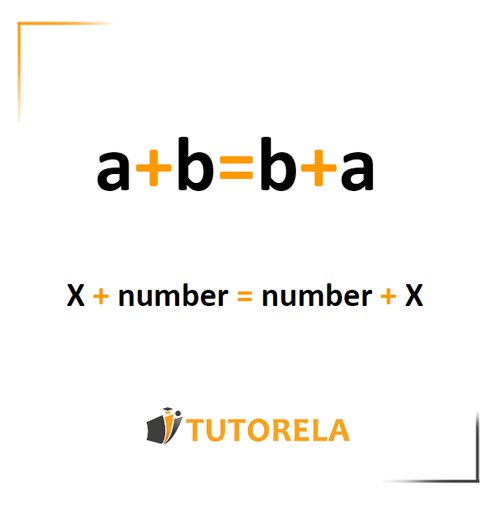The commutative property of addition lets us change the position of addends (numbers being added together) that are being added together in an expression without changing the end result - no matter how many addends there are!
We can use the commutative property in simple expressions as well as algebraic expressions, and more!
Let's define the commutative property of addition as:
and in an algebraic expression:
